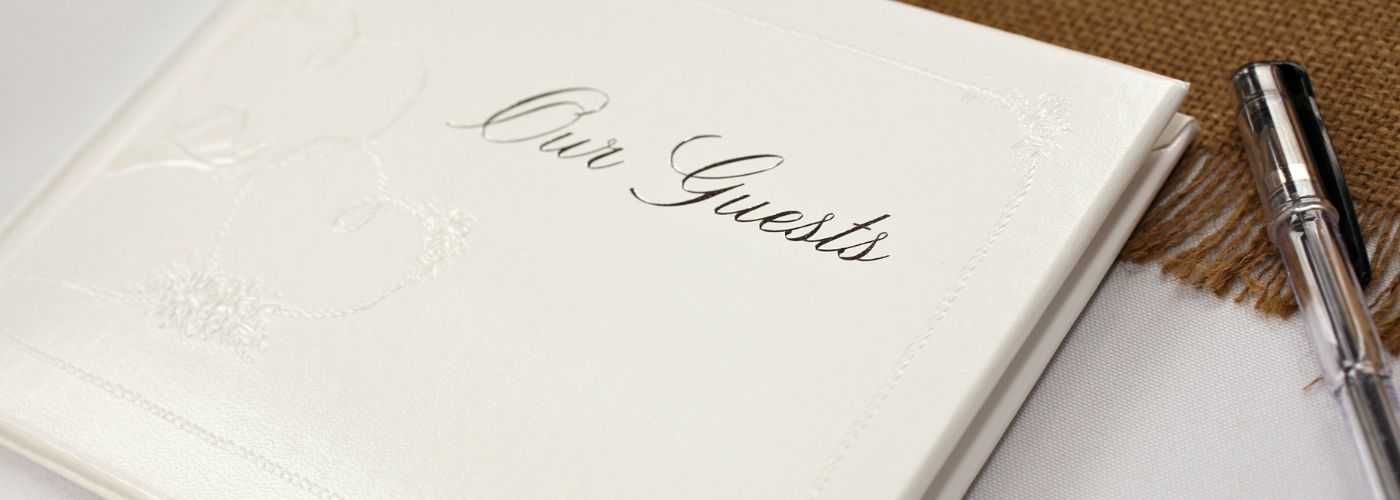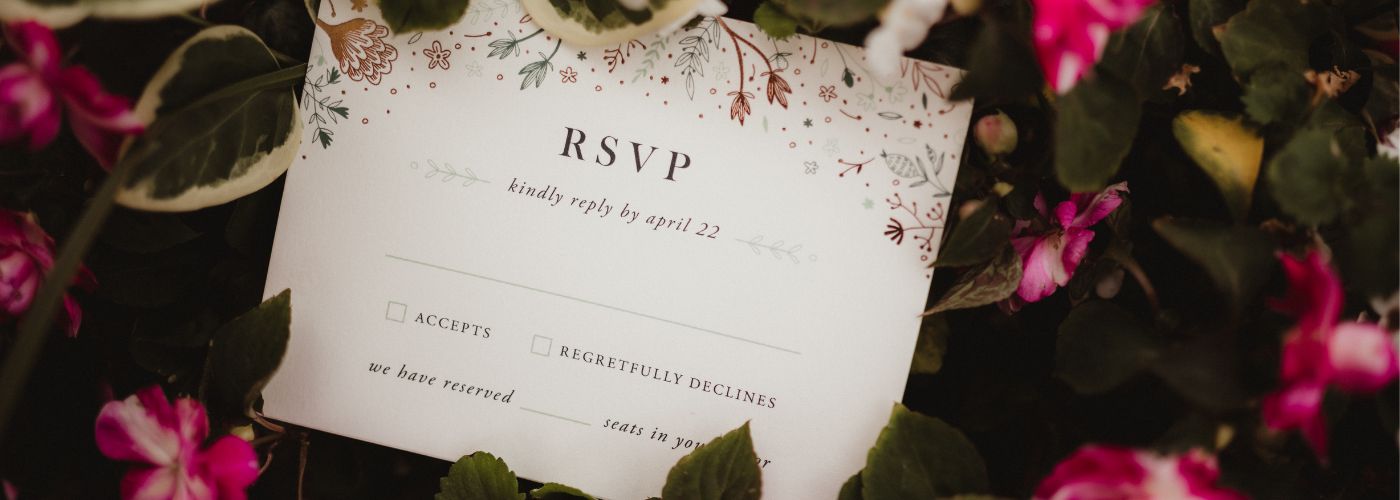Wedding invitations are the first impression guests will have of your big day. They set the tone for the event and give a glimpse into what guests can expect. With so much importance placed on these small pieces of paper or digital cards, it’s important to get them right. In this article, we’ll take a closer look at some of the most important things to consider when designing and sending out your wedding invitations.
How Many People Should I Invite To My Wedding

One of the most important decisions you’ll make is deciding how many people to invite. While there’s no one-size-fits-all answer to this question, a good rule of thumb is to invite around 100 guests. This number strikes a balance between keeping your wedding intimate and still having enough people to celebrate with.
When deciding who to invite, start by creating a guest list with your partner. Consider immediate family members, close friends, and any colleagues or acquaintances you feel comfortable inviting. Keep in mind that every additional guest will increase the cost of your wedding, so it’s important to stay within your budget.
Once you have a rough idea of how many guests you’d like to invite, consider the size of your venue and catering options. Your venue should have a maximum number of guests they can accommodate, and your caterer will likely have a recommended number of guests per table.
Keep in mind that additional guests will increase the cost of your wedding, so it’s important to stay within your budget.
Some banquet halls generally allow a maximum of 300 people. However, larger event banquet halls can host well over 300 guests.
As mentioned, the more guests you invite, the more expensive your wedding may get. It’s best to speak with your partner about the number of guests you want to invite.
When Do You Send Out Wedding Invitations
Typically, wedding invitations should be sent out six to eight weeks before the big day. This gives guests enough time to make travel arrangements if necessary and RSVP in a timely manner.
If you’re planning a destination wedding or have many guests coming from out of town, it’s recommended that you send your invitations even earlier – around three months before the wedding date. This will give your guests ample time to book flights and hotels at reasonable rates and avoid any last-minute stress.
On the other hand, if your wedding is small with only local guests attending, four weeks’ notice may suffice.
Another thing to consider when sending out invites is how far in advance you want your RSVP deadline to be. Some couples want to know how many guests will be attending the wedding in order for them to make final decisions on food, seating arrangements, etc.
This is especially important if you are having a large reception and need to know how many guests you can accommodate.
What Goes On A Wedding Invitation
Creating them can be a bit overwhelming, especially if you are not sure of what to include in them.
The first thing that should go on any wedding invitation is the names of those who are getting married. You should also include the wedding date, time, and location of your wedding ceremony and reception.
Additionally, it would help if you let your guests know how formal or casual your wedding will be so that they can dress appropriately.
You may also want to include other vital information such as RSVP details, gift registry information, accommodation options for out-of-town guests, and transportation arrangements if applicable.
Finally, don’t forget to add a personal touch by including a special message or quote that reflects your personality as a couple.
Who Should I Not Invite To My Wedding?
While getting caught up in the excitement and inviting everyone you know is easy, it’s important to be discerning about who makes the guest list. Here are some people you should think twice about before inviting.
First, consider distant relatives that you don’t have a close relationship with. If you haven’t seen or talked to someone in years, chances are they won’t be offended if they don’t receive an invitation.
Additionally, think carefully before inviting exes or former flames. Even if things ended amicably, it could still create an awkward situation for everyone involved.
Second, don’t invite anyone who you know for a fact won’t be able to make it. This is especially true if any friends or relatives live in a different country or city that’s way too far. Often, traveling expenses can be the main reason these friends or family members may not come to your wedding.
Essential Guidelines For Wedding Invitations
To help ensure that your wedding invitations are everything you want them to be (and more!), we’ve put together a list of other important guidelines for your wedding invitations. You can also use these same guidelines if you’re getting your vows renewed.
DO Add The Color of Your Wedding Color To Your Invitation
Incorporating your wedding colors into your invitation design can not only tie everything together but also provide a glimpse into the theme and style of your big day.
Adding pops of color to your invitation can be done in various ways. For instance, you could use colored paper or envelopes, incorporate colorful graphics or patterns, or simply use text in your chosen hues.
If you have a specific shade in mind for your wedding color palette, utilizing it within your invitation suite is an easy and effective way to communicate this to guests.
DON’T be vague about who is invited
Be specific on the invite who is invited– this includes children! Not only should you address who is invited on the envelope, but be sure to include a number of how many guests are granted for each invite. For example, you can use “# number seats have been reserved for you.”
DO triple-check everything
The last thing you want on your wedding invite is misspelled words and inaccurate information. Remember, your loved ones rely a lot on the information you provide on the invite, so be sure to triple-check names, addresses, dates, and RSVP information. When in doubt, let your bridal party be a pair of eyes for any errors that you might have missed.
DON’T use a standby list
It’s always smart to invite your entire guest list simultaneously rather than waiting out who will be declining. Your guest list is crucial to your wedding planning, so really take the time to plan who you want to share your special day with.
DO include RSVP information
A huge part of wedding invitations is the RSVPs. Along with making sure the RSVP information is accurate, be sure to include a separate enclosure with the proper postage. Give your guests at least 3-4 weeks to respond. Although you’re sending out invites 2-3 months before the wedding, you don’t want to give your guests too much time to RSVP (they will forget). You need to consider a final headcount for catering, venue, and for seating arrangements in an ideal amount of time.
DO be organized
Find a system that works for you when it comes to your wedding invites. From mailing to organizing RSVP cards, your guests are a huge part of your wedding. You should definitely keep a separate folder for invite info and RSVPs to keep you on track throughout the planning process.
DO order extra
When in doubt, order a few extra invites for people you’ve forgotten or mistaken. It can be expensive to reorder invites after getting them printed and shipped. Plus, it doesn’t hurt to keep a couple for a special keepsake.


